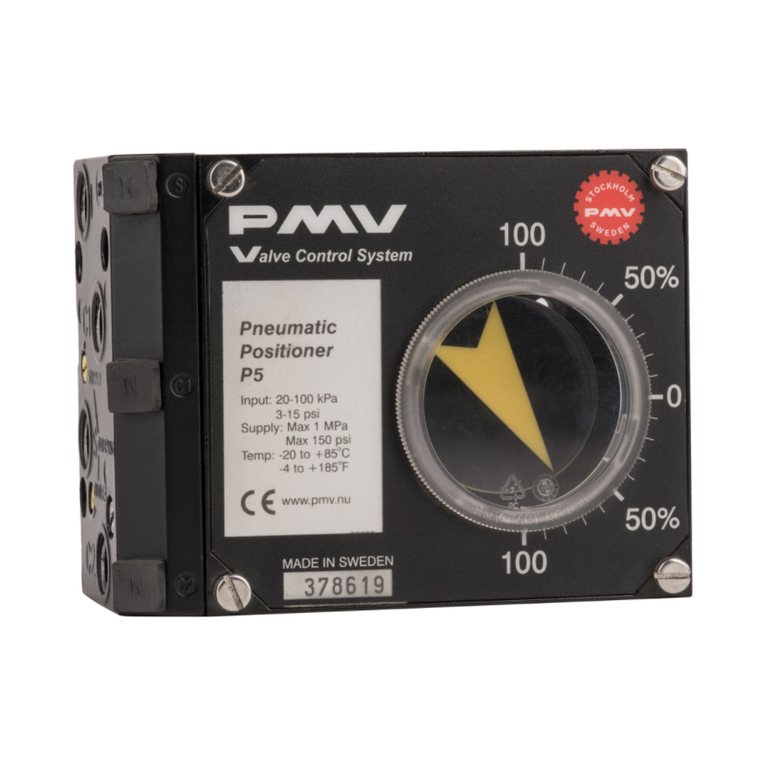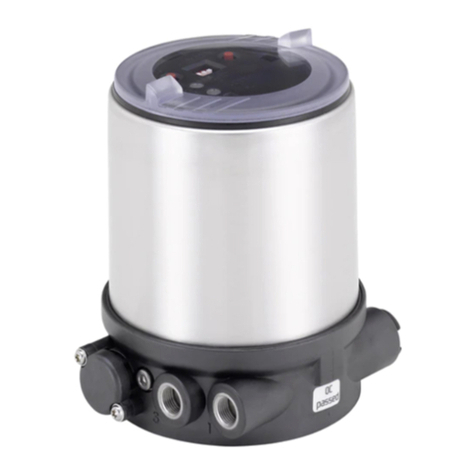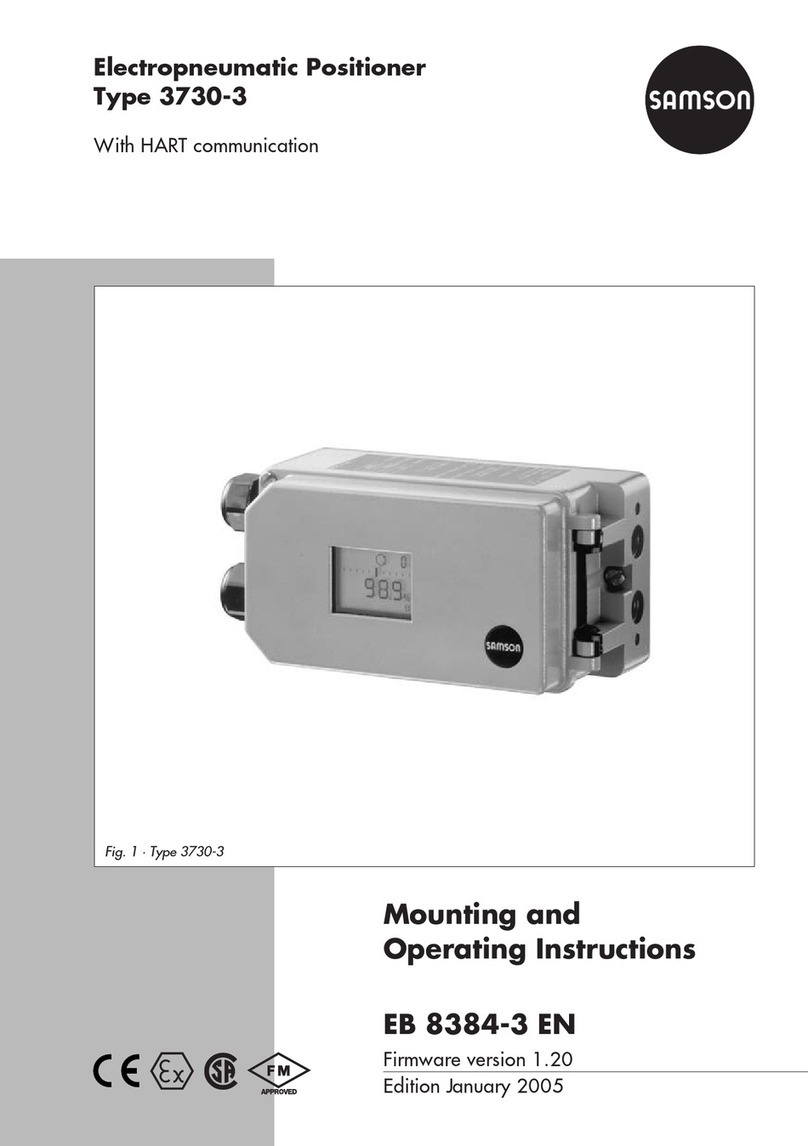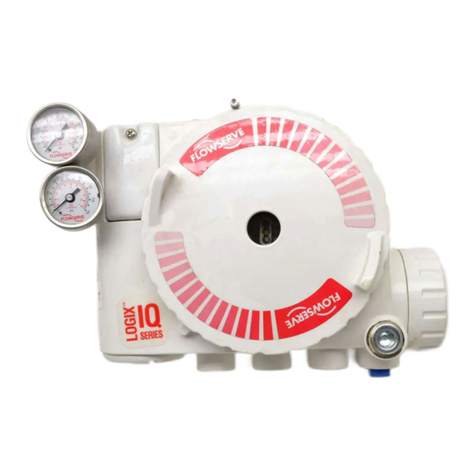
2
Contents
1.Introduction ...................................................................................................... 3
Safety instruction................................................................................................ 3
2. Storage .............................................................................................................. 4
General ............................................................................................................... 4
Storage indoors ................................................................................................... 4
Storage outdoors or for a longer period.............................................................. 4
Storage in a warm place ..................................................................................... 4
3. Design................................................................................................................ 5
4. Variants............................................................................................................. 6
5. Function............................................................................................................ 7
Double action function ....................................................................................... 7
Single action function......................................................................................... 7
6. Installation........................................................................................................ 8
Air supply requirements ..................................................................................... 8
Mounting ............................................................................................................ 9
Connections ........................................................................................................ 10
Air ....................................................................................................................... 10
Electrical connection .......................................................................................... 10
Dimensions ......................................................................................................... 10
Single action positioner (Direct function) .......................................................... 11
Actuator with closing spring............................................................................... 11
Actuator with opening spring ............................................................................. 11
Double action positioner (Direct function)......................................................... 11
Double action actuator........................................................................................ 11
Electrical connections......................................................................................... 12
7. Control............................................................................................................. 14
Menus and pushbuttons ...................................................................................... 14
Other functions ................................................................................................... 14
Menu indicator.................................................................................................... 15
Menus ................................................................................................................. 15
Changing parameter values ................................................................................ 15
Menu system....................................................................................................... 16
First start ............................................................................................................. 17
8. Maintenance/service ........................................................................................ 37
Disassembling PMV D3 ..................................................................................... 37
Silencer ............................................................................................................... 39
Spindle adapter ................................................................................................... 39
Potentiometer...................................................................................................... 40
Transmitter boards .............................................................................................. 41
Disassembling PMV D3 Ex................................................................................ 44
Filter change ....................................................................................................... 45
Converting for remote control ............................................................................ 46
9. Trouble shooting .............................................................................................. 47
10. Technical data ................................................................................................ 48
Certificates.......................................................................................................... 48
11. Spare parts ..................................................................................................... 56




























